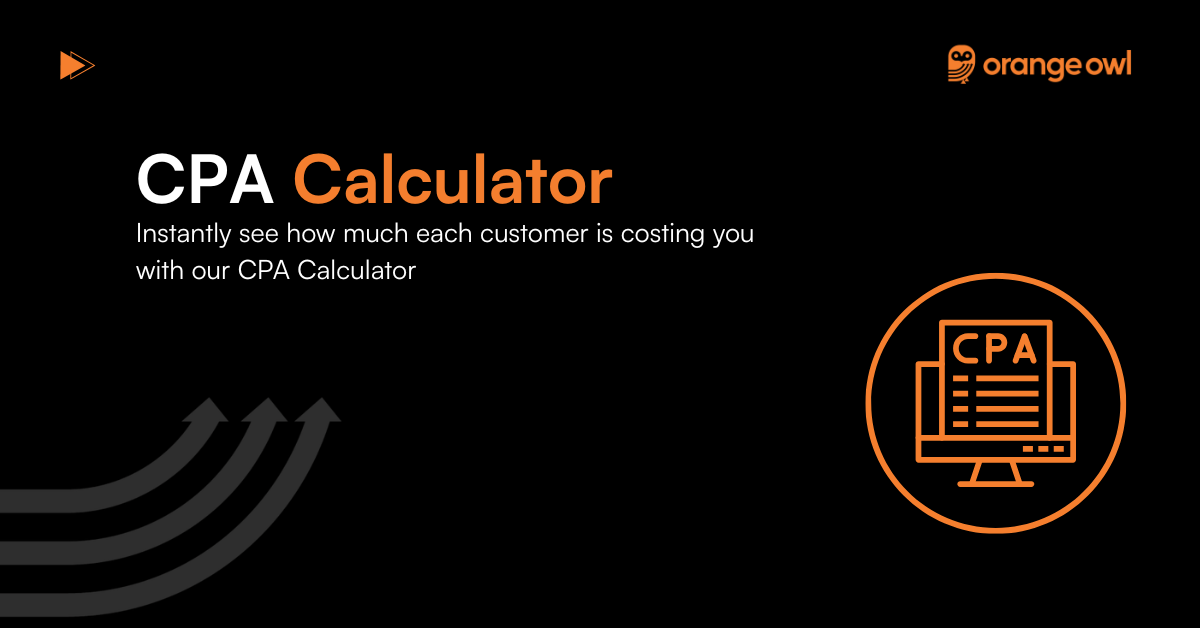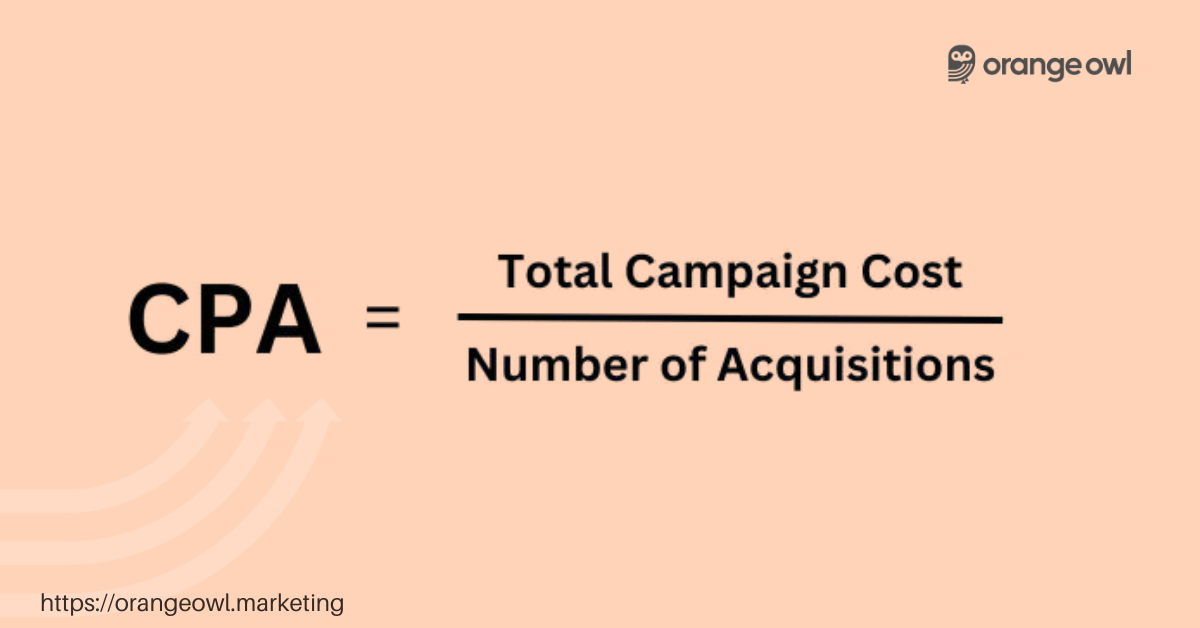CPA Calculator

Table of Contents
What is CPA (Cost Per Acquisition)?
CPA stands for Cost Per Acquisition, and it’s one of the core metrics used in performance marketing to measure success. It tells you how much it costs to acquire a paying customer, sign up, or any defined conversion through your marketing efforts.
Whether you’re running Google Ads, social campaigns, or affiliate partnerships, CPA helps you evaluate if your investment is worth the outcome.
For example, if you spend ₹5,000 on a campaign and get 50 customers, your CPA is ₹100. The lower your CPA, the more cost-effective your marketing strategy is.
How to Calculate CPA
CPA is incredibly straightforward:

CPA Formula:
CPA = Total Marketing Spend ÷ Number of Acquisitions
Example:
- Total Ad Spend: ₹20,000
- Acquisitions: 100
- CPA = ₹20,000 ÷ 100 = ₹200
That means you’re paying ₹200 to acquire one customer.
If you’re tracking multiple channels, you can break it down by platform to identify which one is the most efficient.
What’s a Good CPA?
Just like ROAS, “good” CPA depends on your business model, margins, and lifetime value (LTV) of a customer.
But here are some general benchmarks:
- ₹50–₹300 is often considered strong for e-commerce and low-ticket products
- For SaaS and high-LTV services, a CPA under LTV ÷ 3 is usually healthy
- For early-stage startups, slightly higher CPA may be okay if you’re building a user base
Pro tip: If your CPA is lower than your Customer Lifetime Value (LTV), you’re generally on the right path.
Why CPA Matters
CPA gives you clarity on marketing efficiency. It tells you how much you’re really paying for that app install, newsletter sign-up, or product purchase. It’s especially useful for:
✅ Budgeting future campaigns
✅ Setting targets for paid media
✅ Optimising acquisition funnels
✅ Aligning performance goals with financial health
If you don’t know your CPA, you might be overspending on campaigns that feel good, but don’t convert profitably.
Metrics That Impact CPA
CPA is closely tied to other performance metrics. Here’s what influences it:
- Click-Through Rate (CTR): A higher CTR can reduce cost per click, improving CPA
- Conversion Rate: More conversions = lower CPA
- Targeting Quality: Reaching the right audience cuts down wasted spend
- Ad Relevance & Quality Score: Especially in PPC, these can affect your cost-per-click
A poor landing page or the wrong audience can double your CPA, even with a high-performing ad.
What Can Increase Your CPA?
If your CPA is rising, it might be due to:
- Over-saturated or competitive ad platforms
- Low-intent audience targeting
- Unclear or unattractive landing pages
- Poor funnel alignment between ad and offer
- Technical issues affecting conversion tracking
When this happens, it’s time to review your funnel and optimise at every touchpoint.
How Marketers Use CPA
CPA isn’t just a vanity number—it’s a decision-making tool.
Marketers and founders use it to:
- Benchmark different campaigns or ad sets
- Optimise creatives and messaging
- Set CAC (Customer Acquisition Cost) targets
- Validate product-market fit via acquisition costs
It also helps early-stage startups test and iterate marketing strategies without blowing the budget.
Using a CPA Calculator
With a CPA Calculator, you skip the spreadsheet.
Just enter:
- Total spend on a campaign
- Number of conversions
And get your CPA instantly. Want to dig deeper? Use CPA to compare across periods, platforms, or campaign types.
How to Reduce Your CPA
Reducing your CPA is all about spending smarter and converting better. Here’s how:
- Narrow your audience targeting to high-intent users
- Improve your landing page copy, layout, and speed
- A/B test ad creatives regularly
- Use retargeting to close users already in your funnel
- Offer incentives like free trials or discounts to increase conversion
You don’t need a bigger budget—you need better focus.
When Should You Use CPA?
CPA is the go-to metric for understanding the cost of acquiring a result. It’s especially valuable for:
- Paid ad campaigns (Google Ads, Facebook, LinkedIn)
- Affiliate or influencer marketing
- Funnel performance audits
- Budget planning and ROI forecasts
How Orange Owl Helps You Lower CPA
At Orange Owl, we help high-growth startups and marketers reduce their CPA without sacrificing results. From better targeting and smarter funnel design to ad copy and performance tracking, we optimise the full journey.
Because every rupee counts—and every conversion matters.
Frequently Asked Questions (FAQs) on CPA
CPA should include total spend on ads and associated marketing costs (creative, tools, etc.) to reflect true acquisition cost.
CPC tracks cost per click, while CPA tracks cost per customer acquisition—CPA happens further down the funnel.
Yes, CPA can be calculated for organic efforts too—just divide total marketing cost (time, resources) by the number of customers acquired.
Track CPA weekly or monthly to monitor campaign performance, identify trends, and optimize marketing efforts in real-time.
CPA can rise if conversion rates drop, your audience becomes saturated, or competition increases in bidding platforms.
CPA often differs across platforms due to audience intent, ad formats, and bidding models. Benchmark separately for each.
